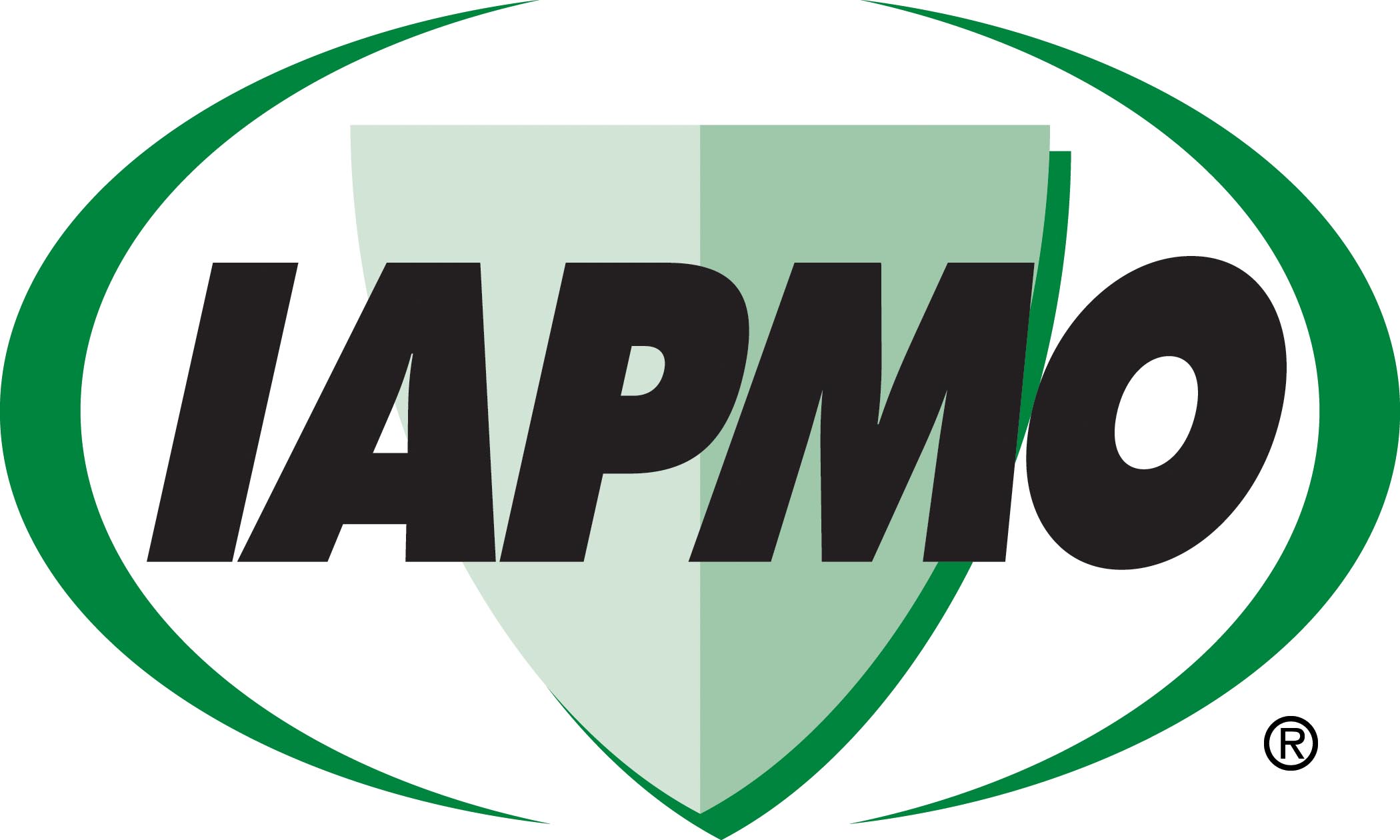The topic of water shortages is nothing new, as cities around the globe struggle with drought, water quality, supply constraints, and failing infrastructures. However, the idea of new plumbing codes and design standards working together to assist plumbing engineers in adding harvested rainwater systems to their design arsenal has been uncharted territory--until now.
With the publication of the 2010 IAPMO Green Plumbing and Mechanical Code Supplement (GPMCS), 2012 IAPMO Uniform Plumbing Code (UPC), and the Rainwater Catchment Plumbing Engineering Design Standard by the American Rainwater Catchment Systems Association (ARCSA) and American Society of Plumbing Engineers (ASPE), the plumbing industry now has authoritative tools at its disposal to standardize the safe and reliable use of rainwater for potable and nonpotable applications.
Rainwater harvesting provisions were introduced in the GPMCS and the UPC by the IAPMO Green Technical Committee (GTC) as part of a broader effort to reduce the energy and water consumption of plumbing and mechanical systems while ensuring that these systems are safe and reliable. The GTC is comprised of the broadest group of expert stakeholders ever assembled to develop sustainable plumbing and mechanical requirements. ASPE and ARCSA are well represented on the GTC and played a critical role in the development of the first model code provisions for rainwater harvesting.
Jeffrey L. Ingertson, CPD, FASPE, ASPE's vice president of membership, serves as ASPE's official representative, while Bob Boulware, immediate past president of ARCSA (and an ASPE member), represents ARCSA. Larry N. Oliver, CPD, FASPE, former ASPE president, and April K. Trafton, president of Donald Dickerson and Associates, round out the slate of plumbing engineering members of the GTC. Additionally, more than 20 sustainable plumbing engineering experts serve among the more than 125 members of the 12 task groups that operate under the GTC.
Click here to view the white paper. +
Related Stories
Retail Centers | May 3, 2024
Outside Las Vegas, two unused office buildings will be turned into an open-air retail development
In Henderson, Nev., a city roughly 15 miles southeast of Las Vegas, 100,000 sf of unused office space will be turned into an open-air retail development called The Cliff. The $30 million adaptive reuse development will convert the site’s two office buildings into a destination for retail stores, chef-driven restaurants, and community entertainment.
Codes and Standards | May 3, 2024
New York City considering bill to prevent building collapses
The New York City Council is considering a proposed law with the goal of preventing building collapses. The Billingsley Structural Integrity Act is a response to the collapse of 1915 Billingsley Terrace in the Bronx last December.
Architects | May 2, 2024
Emerging considerations in inclusive design
Design elements that consider a diverse population of users make lives better. When it comes to wayfinding, some factors will remain consistent—including accessibility and legibility.
K-12 Schools | Apr 30, 2024
Fully electric Oregon elementary school aims for resilience with microgrid design
The River Grove Elementary School in Oregon was designed for net-zero carbon and resiliency to seismic events, storms, and wildfire. The roughly 82,000-sf school in a Portland suburb will feature a microgrid—a small-scale power grid that operates independently from the area’s electric grid.
AEC Tech | Apr 30, 2024
Lack of organizational readiness is biggest hurdle to artificial intelligence adoption
Managers of companies in the industrial sector, including construction, have bought the hype of artificial intelligence (AI) as a transformative technology, but their organizations are not ready to realize its promise, according to research from IFS, a global cloud enterprise software company. An IFS survey of 1,700 senior decision-makers found that 84% of executives anticipate massive organizational benefits from AI.
Codes and Standards | Apr 30, 2024
Updated document details methods of testing fenestration for exterior walls
The Fenestration and Glazing Industry Alliance (FGIA) updated a document serving a recommended practice for determining test methodology for laboratory and field testing of exterior wall systems. The document pertains to products covered by an AAMA standard such as curtain walls, storefronts, window walls, and sloped glazing. AAMA 501-24, Methods of Test for Exterior Walls was last updated in 2015.
MFPRO+ News | Apr 29, 2024
World’s largest 3D printer could create entire neighborhoods
The University of Maine recently unveiled the world’s largest 3D printer said to be able to create entire neighborhoods. The machine is four times larger than a preceding model that was first tested in 2019. The older model was used to create a 600 sf single-family home made of recyclable wood fiber and bio-resin materials.
K-12 Schools | Apr 29, 2024
Tomorrow's classrooms: Designing schools for the digital age
In a world where technology’s rapid pace has reshaped how we live, work, and communicate, it should be no surprise that it’s also changing the PreK-12 education landscape.
Adaptive Reuse | Apr 29, 2024
6 characteristics of a successful adaptive reuse conversion
In the continuous battle against housing shortages and the surplus of vacant buildings, developers are turning their attention to the viability of adaptive reuse for their properties.
AEC Innovators | Apr 26, 2024
National Institute of Building Sciences announces Building Innovation 2024 schedule
The National Institute of Building Sciences is hosting its annual Building Innovation conference, May 22-24 at the Capital Hilton in Washington, D.C. BI2024 brings together everyone who impacts the built environment: government agencies, contractors, the private sector, architects, scientists, and more.

















